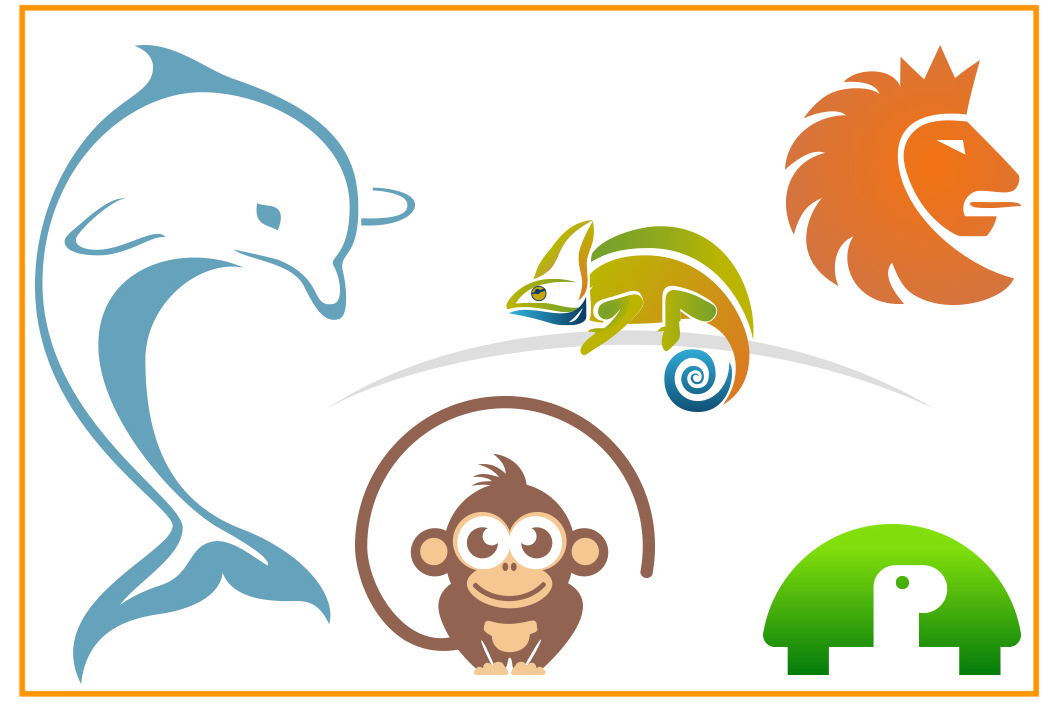How Do You Cope With Conflict?
How do you deal with conflict? When someone is disagreeing with you, and the tone of the disagreement gets hot, how do you respond? Are you getting triggered? Are you shutting down? Are you walking out of the room?
Your style of dealing with conflict is based on many conditions such as your temperament, personality, environment, and family history. Our automatic reactions to disagreements, disputes, and outright conflict are generally the responses we learned when we were young. I don’t know anyone who grew up with faultless instructions on how to deal with conflict in healthy, productive ways. Instead, we imitated the behavior of the adults around us.
Are you aware of your instinctive reactions? In your life today, when you are facing a quarrel, dispute, fight, or blowup with another person, your automatic reactions may not be working very well. But until you discover what those ingrained patterns are and consider their consequences, you won’t be able to change them.
Without self-awareness we are as babies in the cradles. –Virginia Woolf
Despite our individuality, there are general patterns in how people deal with conflict. Understanding the general patterns allows you to identify your reactions and helps you slow down and eliminate your own ineffective or destructive response—whether it’s anger, avoidance, or capitulation.
The first step in changing any behavior is to become aware of how we are acting—or more accurately, how we are reacting. We can’t change something if we are not aware of it.
I want to share the model I use to help people recognize their ingrained responses to conflict and then be able to discern what is and is not working for them. I like to represent conflict types using animals because it’s easy to remember and works for both adults and children. It’s also a shorthand way for couples, families or groups to talk with each other about their conflicts and disagreements without blame or judgment.
5 Conflict Types

The Lion loves competition. She is a strong and courageous leader who follows her own guidance. She believes in accumulating power, money, and respect so she can protect and preserve what she loves. She can also get stuck in a traditional patriarchal role: my way or the highway. The Lion who cannot listen to other people’s input and acts like a bully adds fuel to the conflict. The Lion who makes unpopular but necessary decisions has the kind of courage most other people only daydream about.
- Strength: Goal-oriented and quick
- Challenge: Without self-awareness can become a bully
The Tortoise avoids conflict. He won’t engage in the gossip, worry or turmoil that builds up in groups. Since most problems generally work themselves out, the Tortoise doesn’t want to spend his energy in endless conversations that lead nowhere. His detachment can keep the peace – by sidestepping conflict. On the other hand, His detachment provokes conflict when others want to work toward consensus and he won’t be part of the conversation.
- Strength: Does not contribute to conflict, generally
- Challenge: Postpones dealing with problems that need attention
The Chameleon takes care of others by providing what’s wanted and needed. She is skilled at nurturing and maintaining relationships. She often disregards her own needs in favor of helping others, which can result in resentment that feeds conflict. Her high concern for relationships leads to unrealistic loyalty, to people, places, and ideas. A wise Chameleon can serve others while getting her own needs met, as long as she is not overly concerned for pleasing others.
- Strength: Preserves relationships
- Challenge: Personal needs are not addressed
The Chimp is concerned with both keeping the peace and getting the best solution through compromise. He values fairness and rational thinking, as well as quick decisions. Sometimes the rush to get a good compromise doesn’t leave enough time for everyone to speak up or for new ideas to emerge.
- Strength: Quick compromise doesn’t build trust or relationships
- Challenge: Helpful when you want simple solutions
The Dolphin believes in building relationships through joint problem solving and collaboration. She believes people can always work through their differences. She wants to bring out the best in others. The Dolphin also wants to get to the best decision or solution. She has her eyes on the long-term, both in relationships and in goals. The Dolphin can insist that people keep talking and figuring things out, sometimes beyond their ability or energy or even time, leading to bad moods and disengagement.
- Strength: Creates mutual trust and commitment to goals
- Challenge: Collaboration consumes energy and time and is not useful for trivial problems.
How Conflict Types Help
Once you know your own type, and the types of the people you engage with most frequently, you can use your awareness to communicate better, find more suitable outcomes, and keep your relationships healthier. Three ways that knowing about conflict types helps:
Sometimes our conversations with others feel frustrating because our styles are so different. We get annoyed because they speak so slowly or too quickly, we feel pushed or pulled, or there’s too much information. With practice, you can stop the character assassination that undermines so many attempts at resolving disputes in favor of recognizing different communication styles.
You can disagree without getting nasty: it’s better to say “I think your Chimp is asking me for a simple solution – I need to talk about this a little more,” than criticizing someone for pushing you to make a quick decision.
You can self-monitor without being harsh with yourself: instead of berating yourself because you want to get the heck out of the situation, you understand that as a Tortoise you want to hide under your shell, so you ask for a timeout and take a few minutes for yourself.
Read the descriptions again and see if you can find yourself in one or more of these types. Some of us have a dominant type but some of us are hybrids. Whichever you are, start with these basic descriptions and use them to be more successful when you find yourself facing conflict or a difficult disagreement. You will be less anxious, a better listener and most likely more creative in how you deal with conflict.
If you’re interested in learning more about conflict types and how to use them, please contact me.








